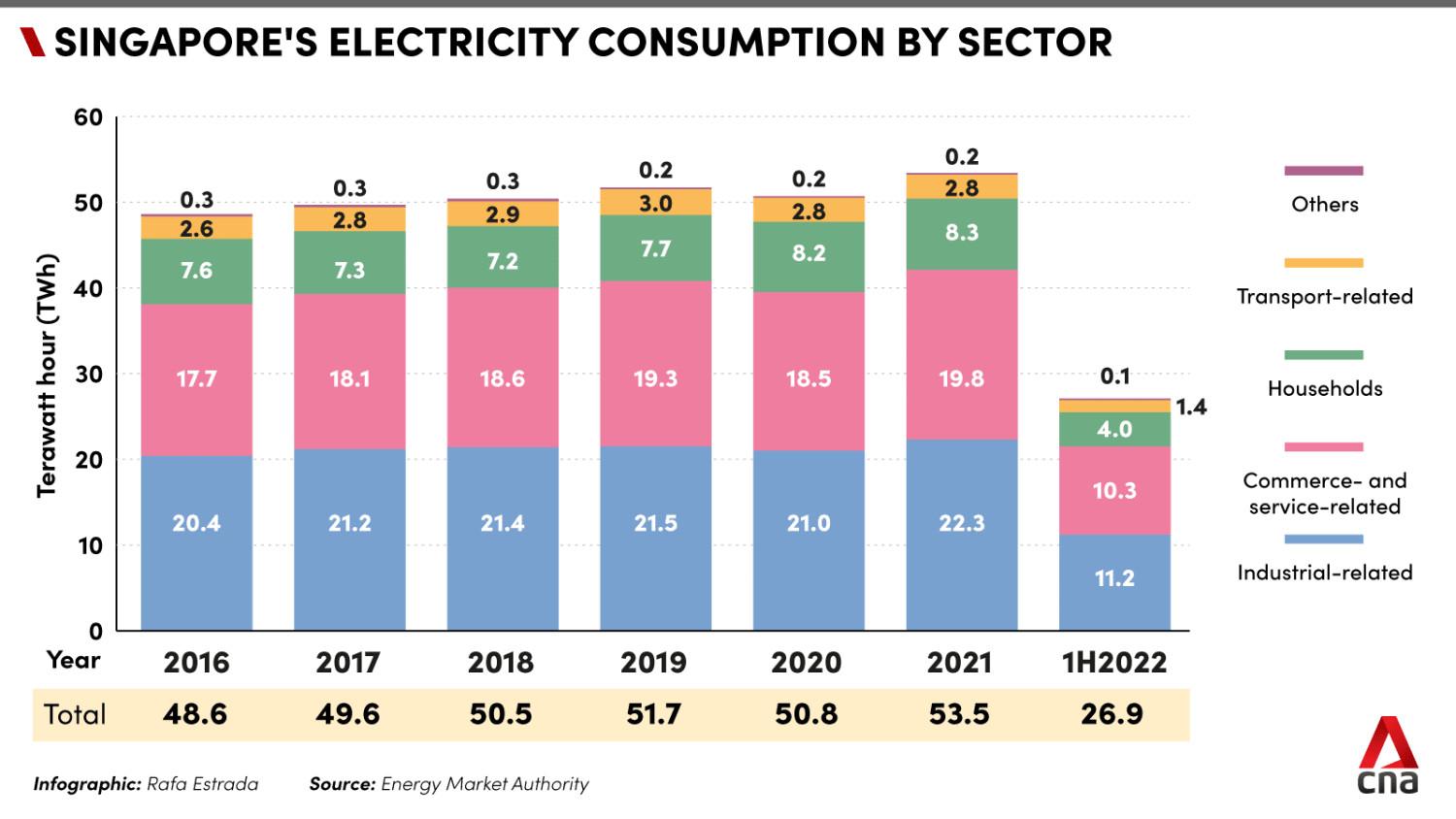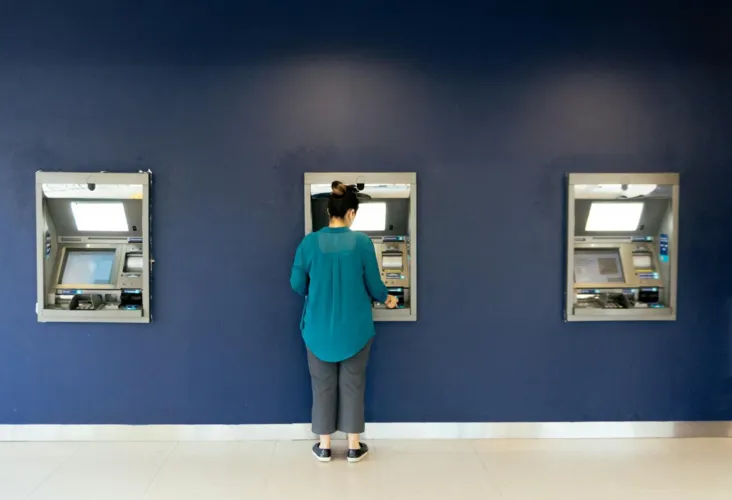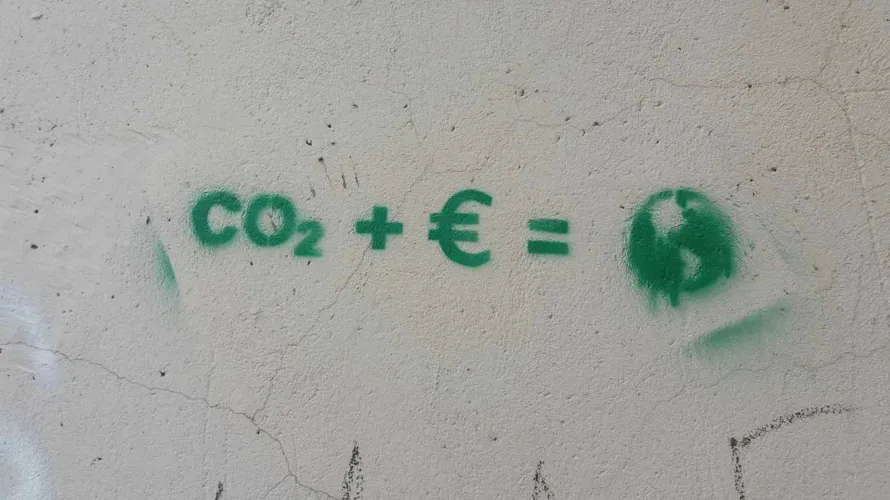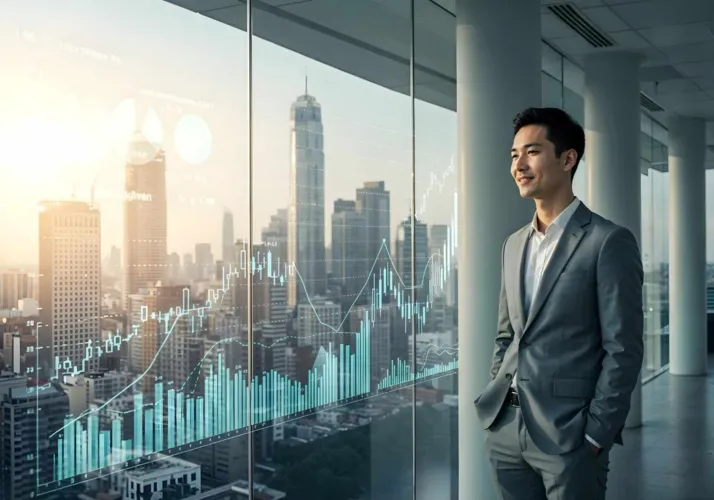Singapore’s drive toward cleaner energy is taking shape beyond its shores. The island nation is turning its trade power into an energy advantage, building regional links to secure sustainable electricity while cutting carbon. This strategy reflects the growing Singapore Trade-Energy Nexus, the country’s unique position where global trade meets the transition to low-carbon energy.
Singapore Trade-Energy Nexus: Energy Reality
Singapore ranks among the world’s top five oil trading and refining hubs. In 2024, total energy exports reached USD 60.5 billion, while imports stood higher at USD 86 billion. This trade gap underscores the country’s heavy reliance on external energy sources — and the importance of diversifying them.
Electricity generation still depends mainly on gas, which accounted for 81.3% of the mix in 2024, mostly from combined cycle gas turbines. Solar energy contributed 9.7%, equal to 1,211 MWac, while 2.4% of power — about 300 MW — came from imports. By mid-2025, solar deployment had risen 12.9% to 1,367 MWac, a sign that Singapore’s local clean power push is gaining speed.

At the same time, total electricity generation grew by 2.5% from 2023, reaching 60 TWh in 2024. Rising demand is reshaping how Singapore plans for future supply — balancing domestic generation, imports, and grid integration across ASEAN.
Regional Links: From Vision to Reality
Singapore’s clean-energy ambitions are not isolated. The country is a key player in the ASEAN Power Grid, a long-term plan to share renewable electricity across Southeast Asia. A major breakthrough came with the Lao PDR–Thailand–Malaysia–Singapore Power Integration Project (LTMS-PIP). Launched in 2022, it marked ASEAN’s first multilateral electricity trading scheme.
Through LTMS-PIP, up to 100 MW of renewable hydropower now flows from Lao PDR to Singapore — proving that regional clean energy trade is not just an idea, but a working system. In 2024, the project achieved another milestone when multidirectional power flows began, allowing electricity to move from Malaysia to Singapore as well.
This project sets a precedent for larger regional integration. It shows how ASEAN countries can combine their strengths — hydro resources from the Mekong region, solar from the tropics, and Singapore’s financial and technical capabilities — to build a shared clean-energy future.
Read Also: The Truth About Singapore Energy-Efficient Construction Success
The Wider Singapore Trade-Energy Nexus: ASEAN Grid Push
The ASEAN Power Grid vision aims to unlock 25 GW of renewable energy capacity across the region. Singapore-based Gurin Energy and Malaysia’s Gentari are working together to import 300 MW of solar power from Indonesia’s Riau Islands, adding another layer to regional cooperation.
But progress is uneven. Of the 18 cross-border interconnections prioritized under ASEAN’s regional masterplan, only about half were completed as of early 2025. To meet Paris Agreement-aligned targets, ASEAN’s transmission grid expansion needs to roughly double. Between 2023 and 2030, countries like Indonesia, Vietnam, Thailand, and the Philippines plan to build around 45,076 km of new lines — just 45% of what’s needed under International Energy Agency (IEA) scenarios.
These numbers show the scale of both ambition and challenge. The path to a connected, low-carbon ASEAN power network will demand stronger coordination, shared financing, and political will.
Singapore Trade-Energy Nexus Leadership and Policy Moves
Beyond infrastructure, Singapore is active in shaping regional energy policy. The country is part of ongoing discussions to establish a regional Renewable Energy Certificate (REC) framework — a system that would track and verify cross-border renewable electricity trade.
As of October 2025, Singapore continues to invite proposals for low-carbon electricity imports from regional partners. This approach builds trust and creates open doors for investment, technology transfer, and sustainable growth.
A Future Built on the Singapore Trade-Energy Nexus
The shift toward clean energy imports and regional power links highlights how trade and energy are merging into one strategic domain. The Singapore Trade-Energy Nexus captures this moment, where the country's trading expertise, infrastructure, and policy leadership drive both economic and environmental gains. For businesses, this nexus is a signal to align with Singapore’s evolving energy strategy. To explore opportunities or gain expert guidance on regional energy transitions, contact Market Research Singapore, a global advisory firm helping organizations navigate complex markets and build resilient strategies.







